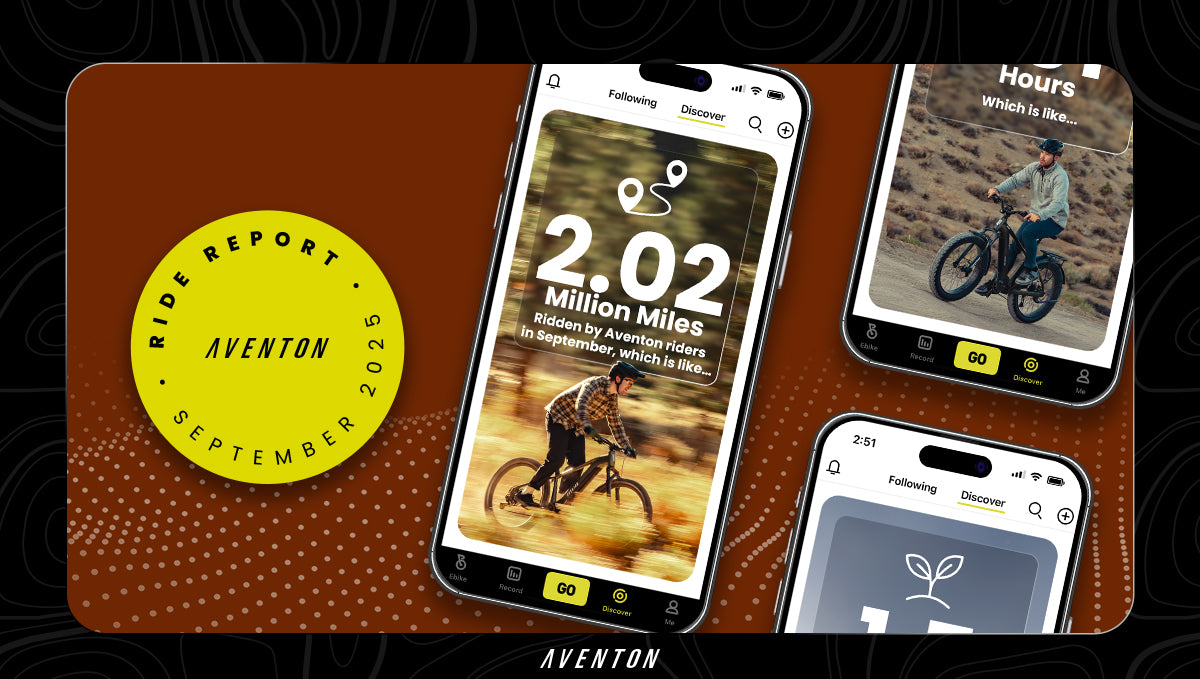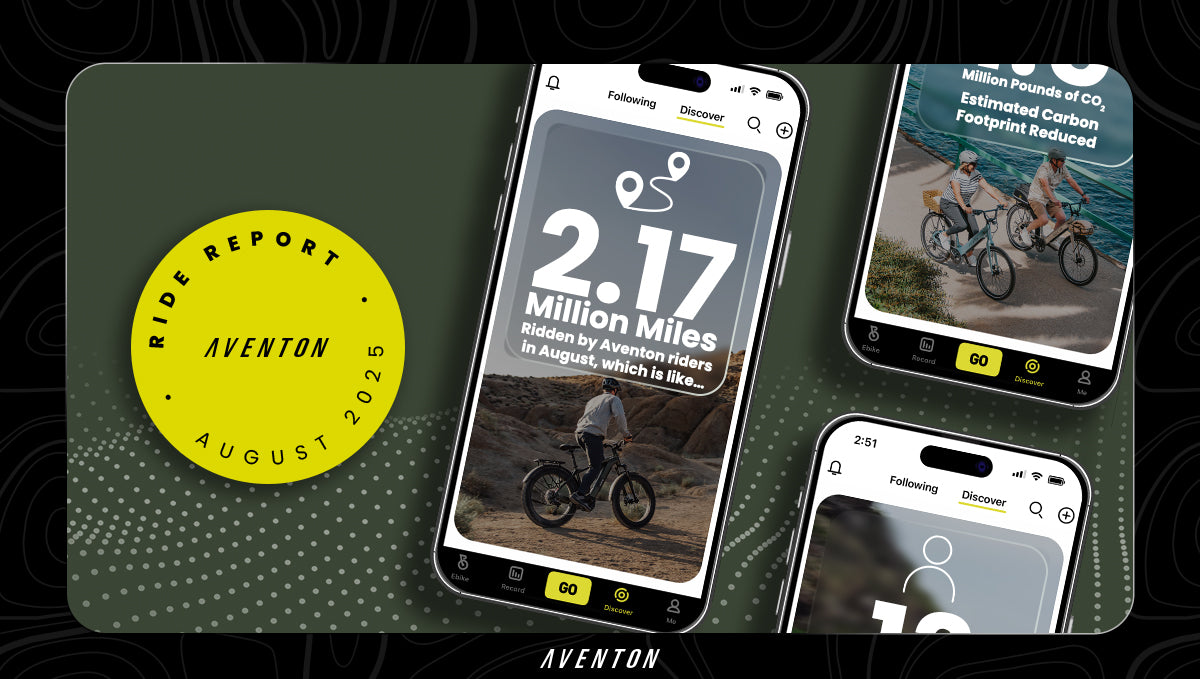
Nov 25, 2025
The Aventon Black Friday and Cyber Monday Event
Save up to $500 on Aventon ebikes, electric bikes, and electric mountain bikes during the Black Friday and Cyber Monday event from November 4 to December 3. Enter to win a $1,000 Aventon gift card, and Redefine Adventure.
Read more




















